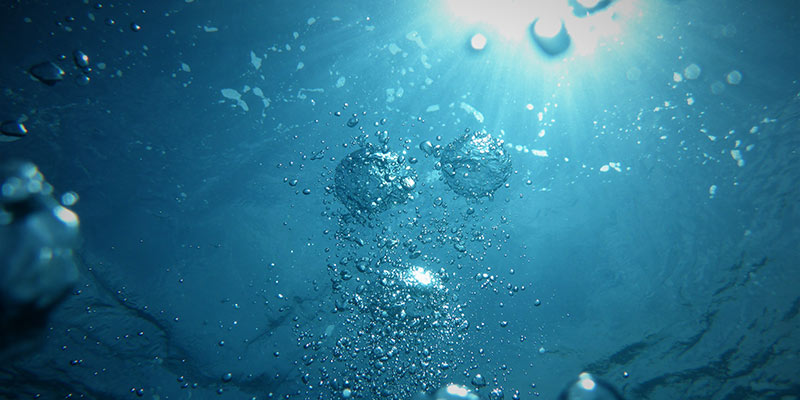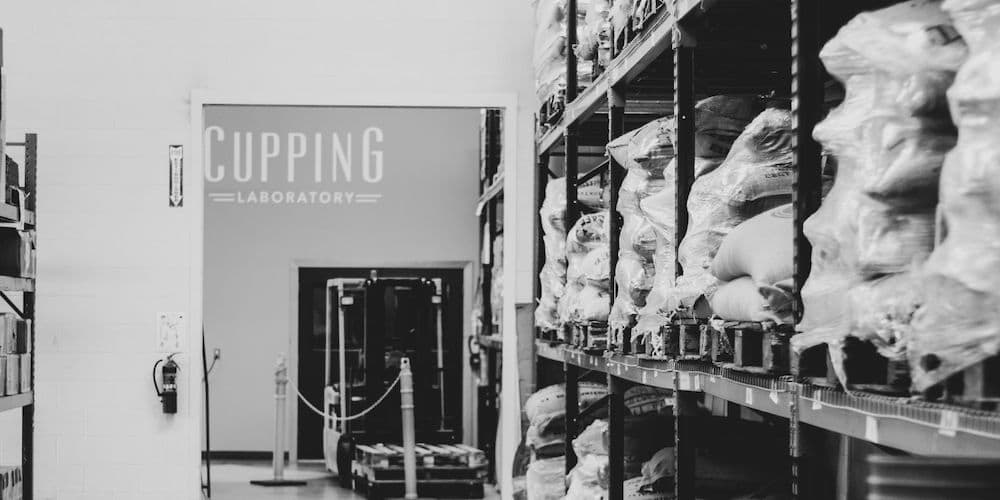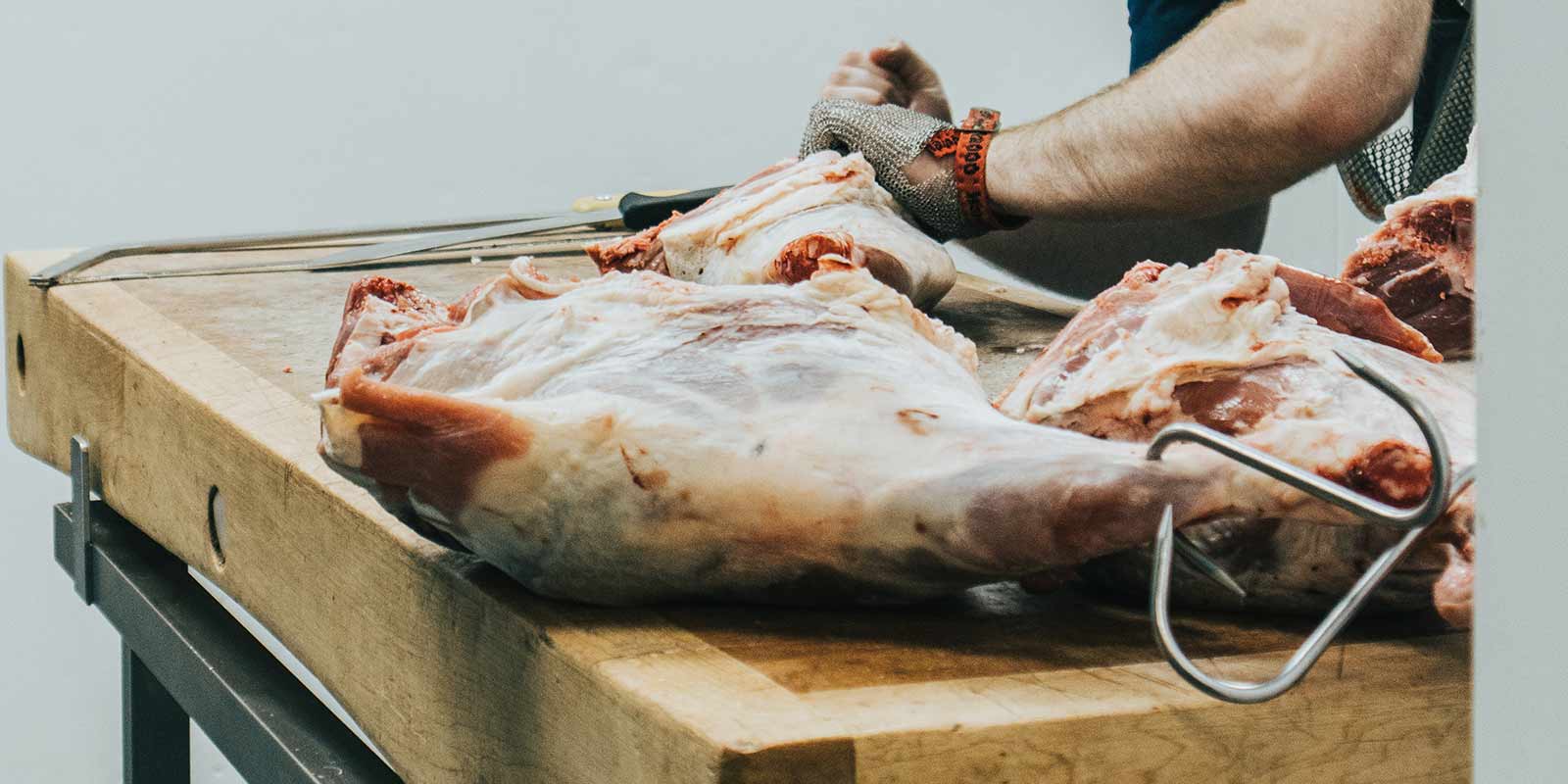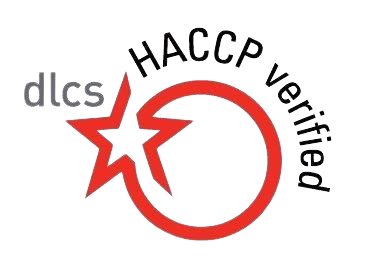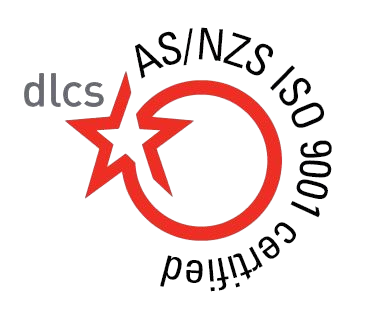Maintaining stringent hygiene standards in food manufacturing is paramount to ensure product safety and compliance with health regulations. Two primary cleaning methodologies—Clean-in-Place (CIP) and Clean-out-of-Place (COP)—are employed to achieve these standards. Understanding the distinctions between these methods is crucial for selecting the appropriate cleaning strategy for your facility.
What is Clean-in-Place (CIP)?
Clean-in-Place (CIP) refers to a cleaning process where equipment is cleaned without being disassembled. This method is commonly used for smooth-surfaced equipment such as pipes, tanks, and other components where the interior is difficult to reach manually. CIP is particularly critical in industries where hygiene is paramount, such as food manufacturing. The process typically involves circulating a cleaning solution through the equipment, utilizing a combination of chemicals, heat, and water to remove contaminants and prevent bacterial growth. Turbulence or agitation is often employed to dislodge particles that may remain after the manufacturing process. The equipment is then flushed with a sanitizing solution, followed by a final rinse.
What is Clean-out-of-Place (COP)?
Clean-out-of-Place (COP) is a cleaning process used when parts of equipment cannot be effectively cleaned in place or are difficult to clean. In such cases, the equipment must be disassembled and the components are taken to a designated cleaning station or area for cleaning. The same cleaning solutions used in CIP are often applied during COP. After cleaning, the equipment is reassembled and inspected to ensure all parts have been properly cleaned.
CIP vs. COP – Which Method is Better?
Neither cleaning method is inherently superior; each has its advantages and is suitable for specific applications. CIP is advantageous for equipment that is challenging to disassemble and reassemble, offering efficiency and consistency in cleaning. However, it requires a higher initial investment and may not be suitable for all types of equipment. COP, on the other hand, is ideal for components that are easily disassembled and may have intricate designs requiring thorough manual cleaning. While COP involves more labor and time, it can be more cost-effective for certain applications.
In practice, many facilities employ a combination of CIP and COP to ensure comprehensive cleaning. A thorough audit of your facility’s equipment and cleaning requirements is essential to determine the most appropriate cleaning methods. Implementing the right cleaning strategy not only ensures compliance with hygiene standards but also enhances operational efficiency and product safety.


